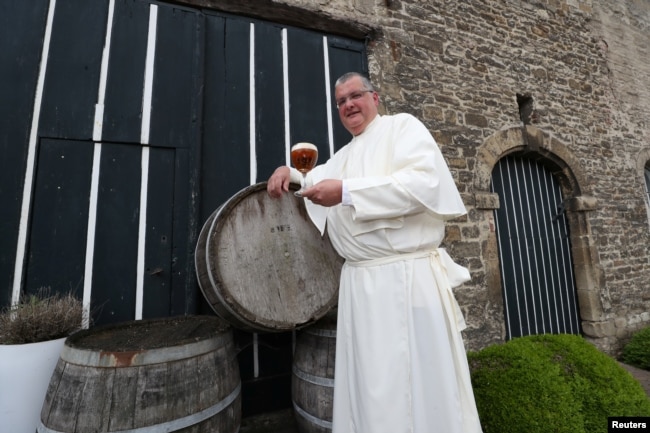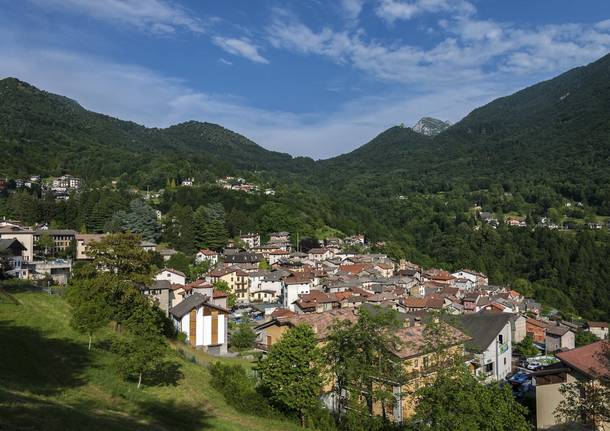While the so-called "traditional" structure
— husband and wife, with the man working and the woman staying home — has been
fluid for decades, a new study in Spain reveals a potentially
game-changing shift in how children are raised and whether or not they'll even
be born.
In 2007, Spain introduced two weeks of paternity leave
for fathers. Through that national program, qualified men were fully paid for
their time off. It was so popular that in 2018 it was expanded to five weeks.
Officials expect that duration to extend to 16 weeks by 2021.
Lídia Farré at the University of Barcelona, Spain, and
Libertad González at Pompeu Fabra University, Spain, wanted to better
understand the cultural effects of this shift in childbearing. Two interesting
findings emerged. First, women re-entered the workforce more quickly after
giving birth. There was a shift in men, too: They wanted fewer children.
While this is one study in one country, Spain is
unique. Before paternity leave legislation was passed, men there wanted more
children than women. This is in stark contrast to other European countries.
Fortunately for the researchers, they had two pools to
research: Men that were eligible for paternity leave and those that were not.
In the latter group, the desire for future children did not change. They were
more likely to procreate sooner than men in the first group. The men that
accepted paid paternity leave were 7 to 15 percent less likely to have another
child.
Previous research in Spain from 2002-2003 found that
women spent an average of 4.2 hours every day engaged in unpaid childcare
labor. For men, that number was 1.3 hours. In such a structure, it shouldn't be
surprising that men desired more children, even if the country is an outlier in
that regard.
With paternity leave, the distribution of duties
evened out. The authors note that men learned about the many costs associated
with raising children, in terms of both money and time, which shifted their
outlook of the future. They also write that men became focused on childcare
quality over child quantity.
Or maybe men just realized how hard raising a child
is.
As women gain prominence in the global workforce, the
sharing of duties between sexes is becoming more equitable — in the office,
yes, but also in the nursery. For the health of children and society, this is a
positive step forward.
From Big Think













